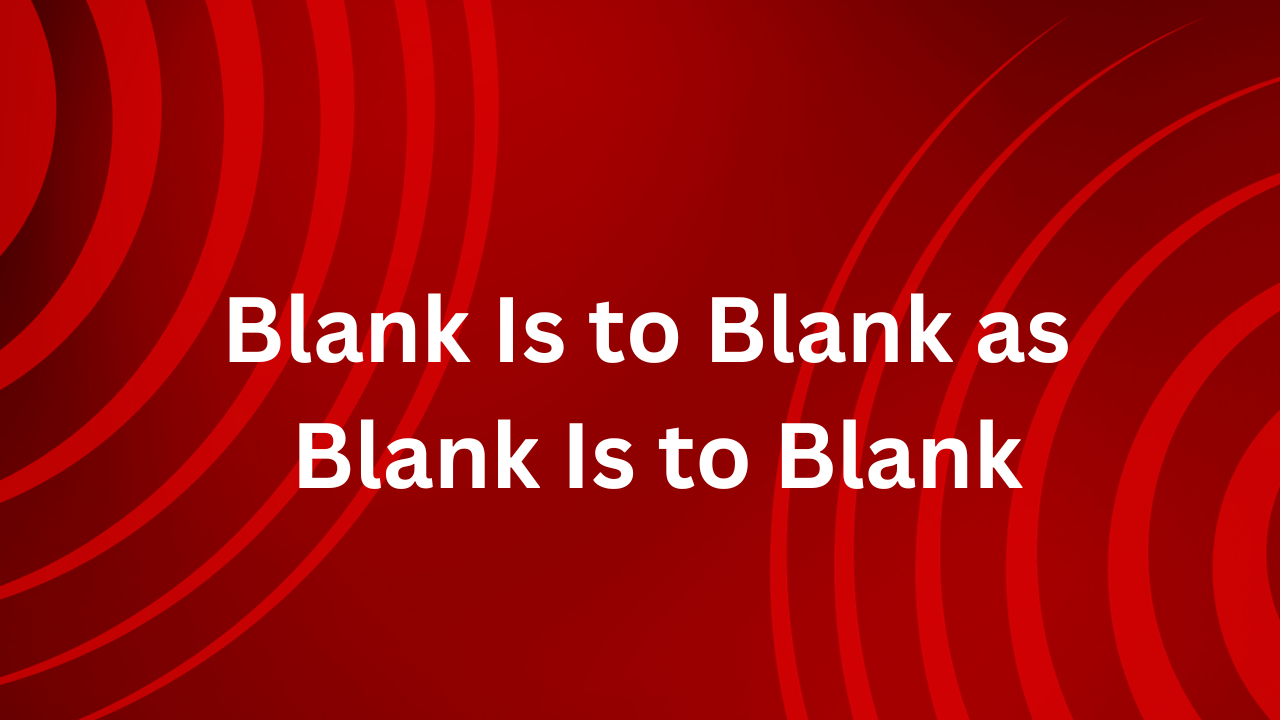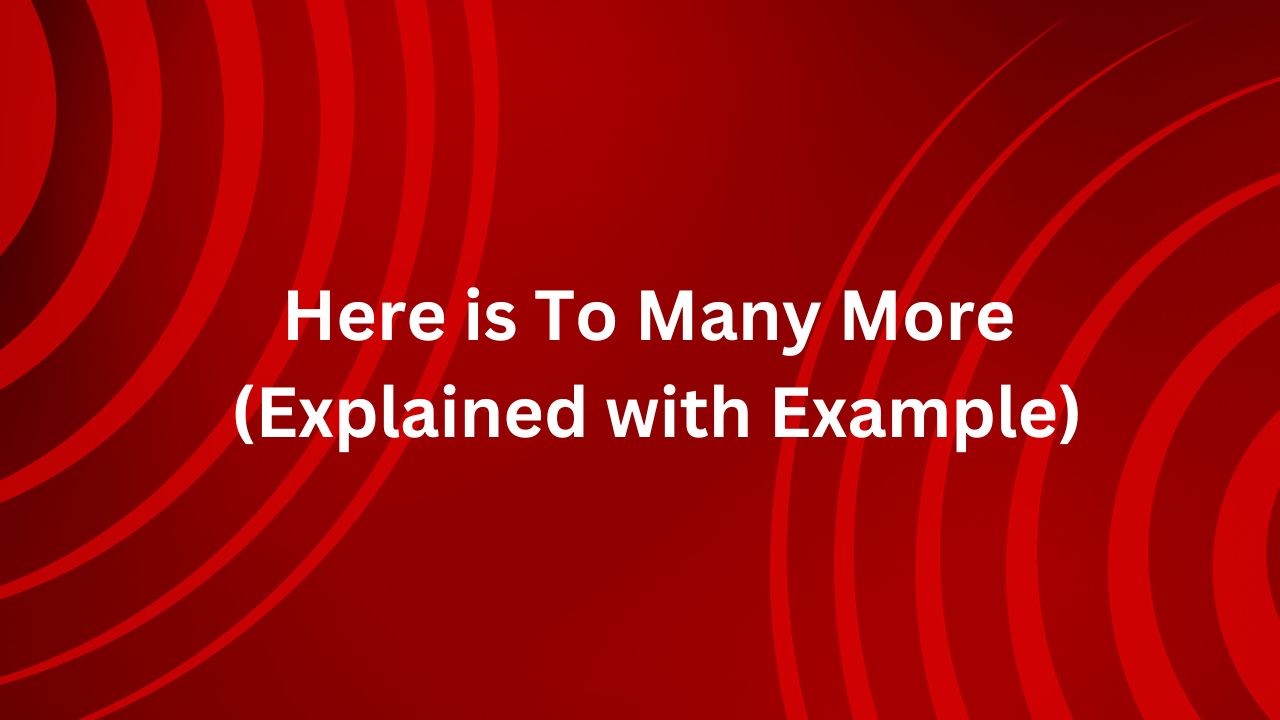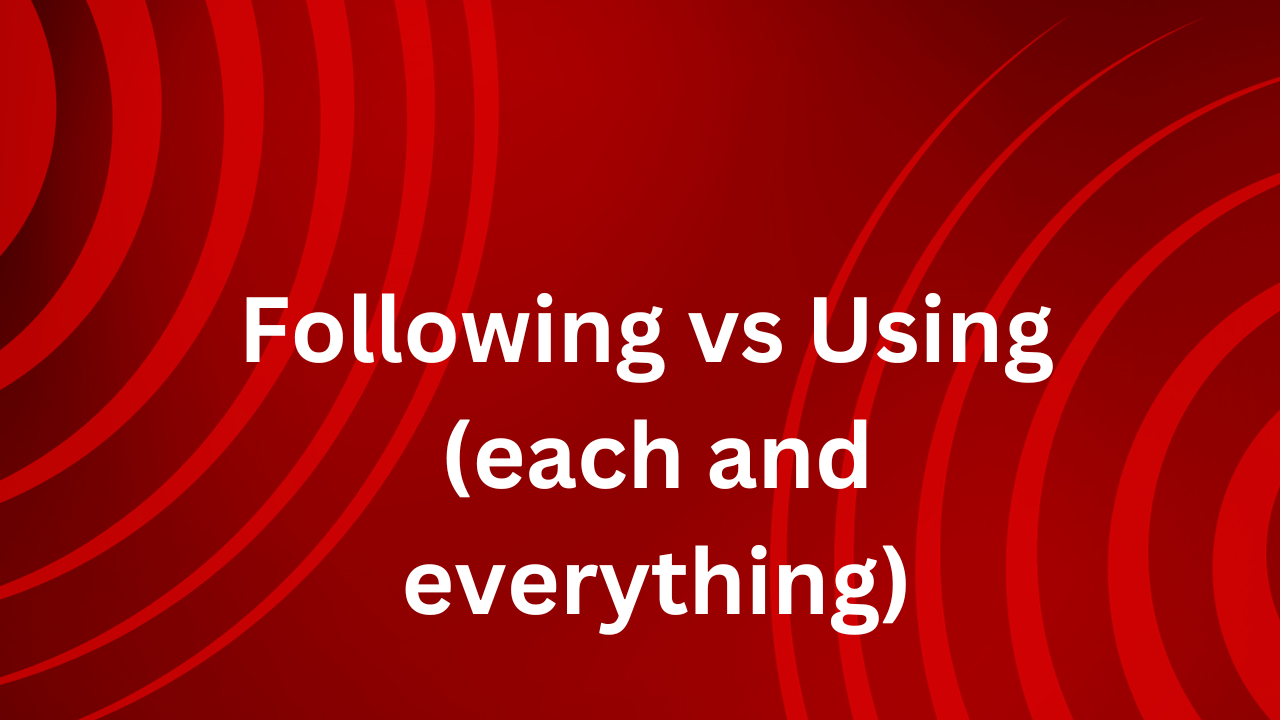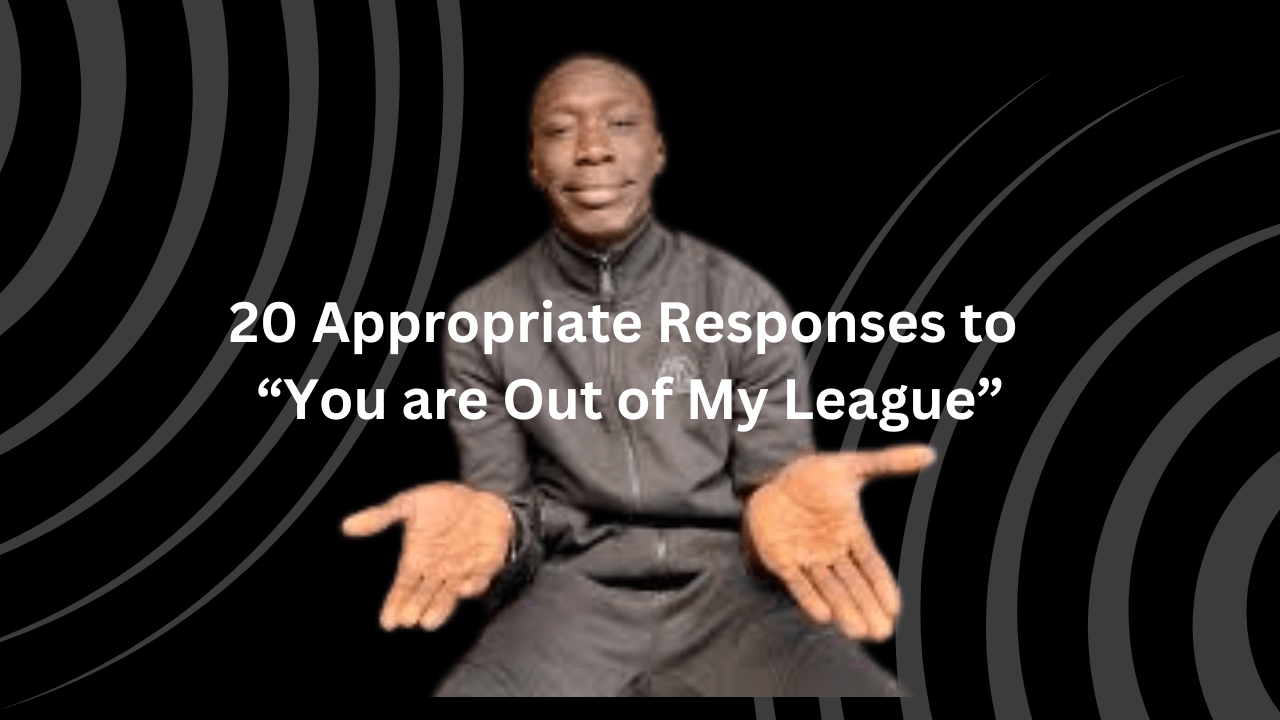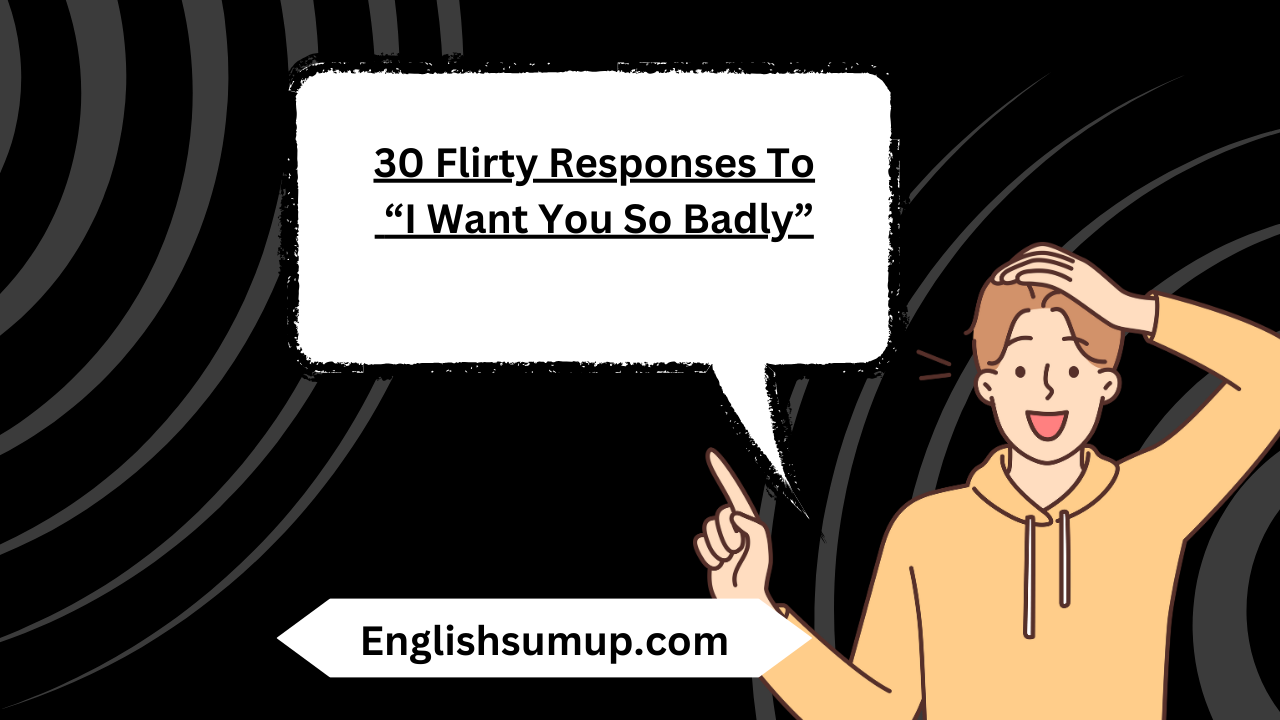Describing Blank Is to Blank as Blank Is to Blank, Analogy is a powerful linguistic and cognitive tool that allows us to make connections between seemingly unrelated concepts.
A common structure that takes advantage of analogy is the sentence “What do you call Blank Is to Blank as Blank Is to Blank?” This form of comparison helps clarify relationships, draw parallels, and develop a deeper understanding of concepts.
In this article, we’ll examine the intricacies of this phrase, its uses, advantages, disadvantages, and when it’s most useful.
Check this post also: 18 Other Ways to Say “Don’t threaten Me With A Good Time”
Where Do We Use Blank Is to Blank as Blank Is to Blank?
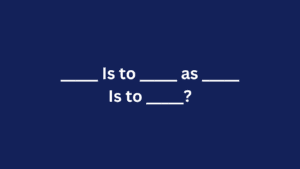
“What do you call Blank Is to Blank as Blank Is to Blank?” Joomla finds application in a variety of contexts, ranging from casual conversation to formal education and problem-solving scenarios.
It serves as a linguistic tool to stimulate critical thinking and engage individuals in considering similarities between two sets of concepts.
Why do we use this phrase?

Developing critical thinking:
This phrase encourages individuals to analyze the relationships between pairs of elements, developing critical thinking skills.
This prompts the brain to enhance its abilities to recognize patterns, make connections, and problem-solve.
Learning Facilitation:
In educational settings, this phrase helps teach new concepts by associating them with familiar ones.
It provides a bridge for learners to connect with new information, enhancing comprehension.
Effective communication:
Analogies make complex ideas more accessible by connecting them to something familiar.
This phrase helps convey abstract concepts in a way that resonates with the audience, promoting effective communication.
Advantages of using this phrase:

Better understanding:
Analogies facilitate deeper understanding of abstract or complex ideas by providing a relevant context.
Learners grasp new concepts more easily when they can draw parallels to familiar elements.
Memory Retention:
Using analogies helps memory retention by connecting new information to an existing mental framework.
It creates a mnemonic tool that makes it easier for individuals to recall information.
In what situations should we use this phrase?
Educational settings:
Teachers can use this phrase to explain complex subjects, making them more accessible to students.
It is effective for introducing new topics or reinforcing existing knowledge.
Troubleshooting:
In problem-solving scenarios, this phrase helps break down complex problems into manageable parts.
It encourages individuals to tackle challenges with a creative and analytical mindset.
Communication and persuasion:
In persuasive communication, analogies can be used to make a compelling case or simplify complex ideas for a wider audience.
This is useful in areas such as marketing, where relative comparisons can be powerful.
Where from Phrase (Blank Is to Blank as Blank Is to Blank) come from

The specific origin of the phrase “What do you call a Blank Is to Blank as Blank Is to Blank?” Marking is difficult, as similar structures and comparisons have been used in language and education throughout history.
Metaphors, in general, have a long history in human communication and intellectual pursuits. The phrase itself is a modern variation of a long tradition of using similes for the purpose of explanation, understanding, and problem solving.
Similes have been an integral part of rhetoric and conversation since ancient times. Greek philosophers like Aristotle used analogical reasoning in their teachings.
The use of analogies can be traced back to various ancient cultures, where thinkers and educators used comparisons to clarify complex concepts and foster deeper understanding in their students.
The invention of the phrase can be seen as a natural evolution within a wider tradition of using analogy for educational and communicative purposes. Sentence structure is a concise and effective way to stimulate critical thinking and make connections between seemingly contradictory ideas.
Why people use this phrase:
Promoting academic engagement:
This phrase engages individuals cognitively by presenting them with a challenge to identify the relationship between two sets of concepts. It develops active thinking and analytical skills.
Learning Facilitation:
Educators and communicators use this phrase to make learning more interactive and relevant. By encouraging individuals to make connections between familiar and unfamiliar concepts, sentences help retain information.
Encourage critical thinking:
The use of similes, exemplified by this phrase, encourages people to think critically about the relationships between different elements. It prompts them to analyze patterns and draw parallels, promoting a deeper understanding of abstract ideas.
Simplifying complex ideas:
Sentence structure allows communicators to simplify complex ideas by breaking them down into more digestible parts. This makes it easier for the audience to understand and retain the information.
Enhance communication:
In a variety of fields, from education to marketing, this phrase enhances communication by providing a structured way to convey abstract concepts. It helps bridge the gap between the known and the unknown, making information more accessible.
Finally, the phrase “What do you call Blank Is to Blank as Blank Is to Blank?” Serves as a valuable tool to promote critical thinking, enhance learning, and facilitate effective communication.
Although this has advantages in making abstract concepts more concrete, potential misinterpretations and over-reliance on analogies should be carefully considered.
Understanding when and how to use this phrase empowers individuals to take advantage of its benefits and navigate the complexities of various scenarios.
As we continue to explore the depths of language and perception, analogies remain a bridge between the known and the unknown, enriching our understanding of the world around us.




